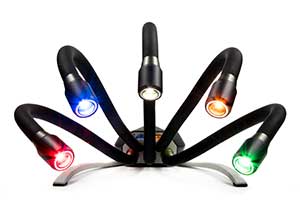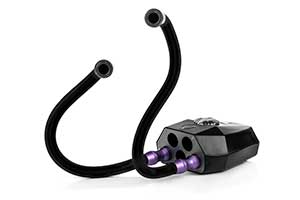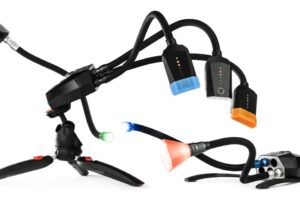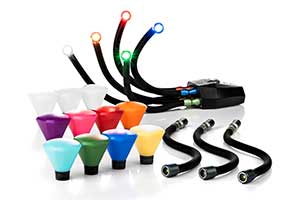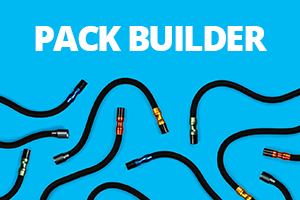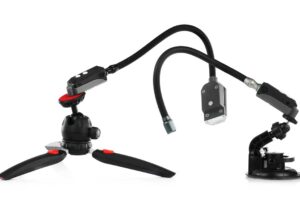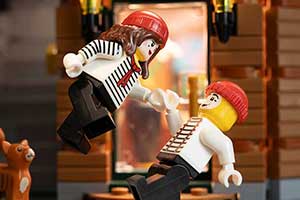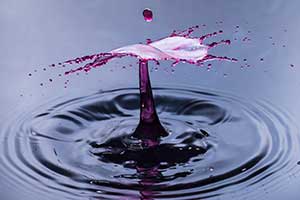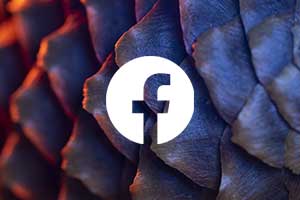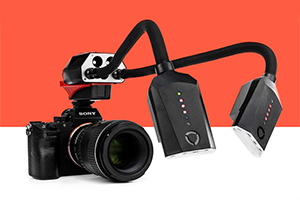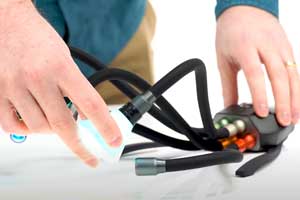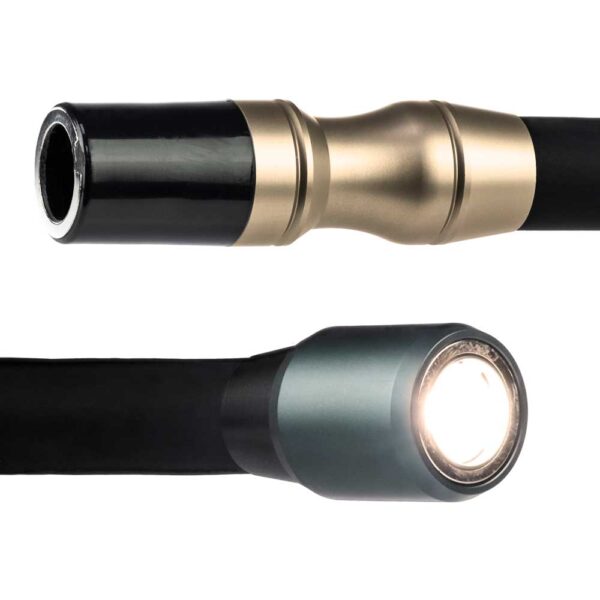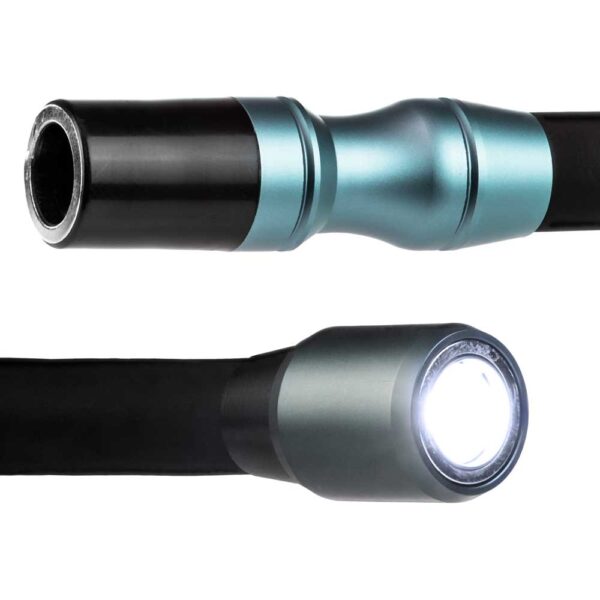What is Colour Temperature? How your lighting affects the mood of your images. – Watch on YouTube

Most photographers will be aware of white balance, it’s quite a prominent setting in most camera menus. But what is colour temperature? It’s related, but refers to the temperature of light rather than any setting in your camera. Let’s take a deeper dive into colour temperature and how we can use it to change the mood of our images.
What is Colour Temperature?
Colour temperature is a measure of how “orange” or “blue” a light source looks to both our naked eyes, and camera equipment. It’s measured in Kelvin or “K” with higher values representing a more “blue” looking light.
You might be familiar with these Kelvin values, all light bulbs will come with a Kelvin value to help you match the look of different bulbs in your home. The same is true for photography lighting and even industrial lighting. Before LED technology became the default for most lighting solutions, the difference between different kinds of lighting was quite obvious, because of the stark contrast in temperatures. It’s why fluorescent street lights look orange, but modern xenon headlights look blue!

White Balance & Auto Adjustment
Both our eyes and our cameras can auto adjust for the colour temperature of light. If you spend a long time in a certain room, your eyes will adjust to the temperature of light you have, this is called chromatic adaptation. Cameras do the same thing when you select “Auto White Ballance” in your settings.
This can partially or completely offset different colour temperatures of light, making images look natural in the camera under any kind of light. We can also change the white balance settings manually to make our images look more blue, or orange than normal. Makeing images “warmer” or “cooler” than they should be can have a profound effect on the feel and mood of the image.


In the images above, the only difference is the white balance. You can see that the mood of the images feels different. The viewer might not even be able to tell when the image is viewed in isolation, but the feel of the image will be changed, if only subtly.
If you want to be able to adjust your white balance, you can do so in your camera settings. You can also shoot in RAW which will give you the ability to edit the white balance of your images in post-processing and dial in the mood of your image.


Mixing Colour Temperatures
Our eyes and cameras can’t always adjust for white balance though. This is most apparent when there is a mix of different light sources in our field of view. This can be an annoyance at times when you need uniform lighting in your image, but it can also work to our advantage.
Mixing colour temperatures of light can add to the contrast and mood within the image it’s self. Instead of using your white balance settings to change the colour of the entire image, we can use the colour temperature of our lighting to provide hints of emotive warmth and cold.
When warm and cool lights are mixed together it makes the difference in colour temperature more apparent and more effective at conveying feeling. People will notice a warm hue across your summery flower photos and blues will make your winter shots feel more chilly!
To take advantage of this effect, we have added two new colour temperatures of white to our lighting system. With our Warm White Lighitng Arms at 4000K Standard Whites at 5700K and Cold White at 6500K, you can contrast the colour temperatures within your macro photography.



Mixing Colour Temperatures
Of course, you might not always want to have blues and oranges show up in your images. And having a selection of colour temperatures is important for this too. The lights in your home are often warmer than photography lights, but with an option for a warmer photography light, you can match it and still use your white balance to get a natural looking shot!
Similarly, shooting outside on an overcast day will leave your images looking more blue than usual, so use a colder colour temperature of artificial light to match!
We hope this has answered the question of “what is colour temperature” and maybe encouraged you to keep it in mind for the future. The temperature of your light can either be made a non-factor, or exploited for emotive photography!
Don’t forget to subscribe to our YouTube channel for regular macro photography tutorials, ideas and inspiration!

